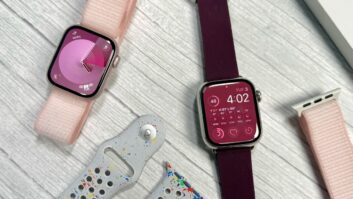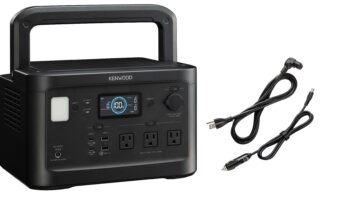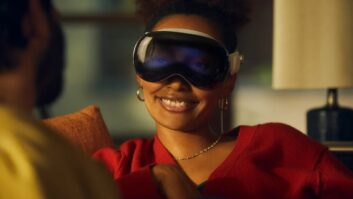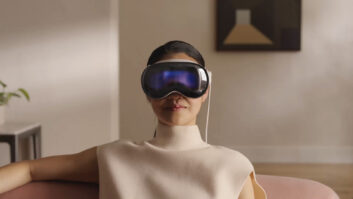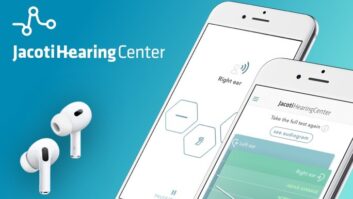Westlake Village, Calif. – Apple is tops in smartphone customer satisfaction in the ninth consecutive biannual cellphone survey conducted by J.D. Power and Associates, and among traditional mobile phone users, LG is tops for the third consecutive time.
Perhaps surprisingly, given its low U.S. market share, Nokia ranked second in smartphone satisfaction, jumping from seventh place in the year-ago survey to replace HTC for the number two spot. Nokia was followed by Samsung, Motorola, HTC, LG and BlackBerry (see table).
Nokia also turned up in second place behind LG in satisfaction with traditional mobile phones, rising from its year-ago sixth-place rank. LG and Nokia are followed by Sanyo, Samsung, Pantech, Motorola, and Kyocera, in that order.
In the survey, Apple achieved a score of 855 out of 1,000 points, having performed particularly well in physical design and ease of operation, J.D. Power said. Nokia scored 795 followed by Samsung’s 793 and Motorola’s 792. All smartphone vendors but Apple fell below the study’s smartphone average, given that Apple’s high scores pulled the average way up.
For the third consecutive biannual study, LG ranked highest among traditional mobile phone brands with a score of 719, having performed particularly well in physical design and features, J.D. Power said. Nokia followed with 714 points to exceed the study’s average of 703 points. Sanyo followed with 702 points, Samsung with 698 points, Pantech with 689, Motorola with 687, and Kyocera with 675.
The study measures satisfaction among consumers who have used their current mobile device for less than one year. Satisfaction is measured by several key factors that are weighted by importance. For smartphones, the key factors and weights are performance (33 percent), physical design (23 percent), features (22 percent), and ease of operation (22 percent). For traditional phones, the factors are performance (29 percent), ease of operation (26 percent), physical design (24 percent), and features (21 percent).
Overall smartphone satisfaction in the latest study rose to 796 from the year-ago 774, which J.D. Power said is “likely due to a growing array of new features and services being offered that are providing a seamless product experience between the operating system functions and third-party apps.” Satisfaction increased the most in performance (by 26 points) because such factors as operating system reliability, processing speed and video/camera picture quality “have improved significantly,” the company said.
Among traditional mobile phone users, overall satisfaction remained almost unchanged at 703, up from the year-ago 700.
The survey also found a high propensity for owners of traditional phones to upgrade. Among the 42 percent of traditional handset customers who indicate they are likely to purchase a new mobile phone in the next 12 months, 76 percent said they “definitely will” or “probably will” upgrade to a smartphone.
In other findings, J.D. Powers said:
–17 percent of smartphone users have experienced a software or device malfunction;
— smartphone users spend an average of 115 minutes per week using social-network apps.




